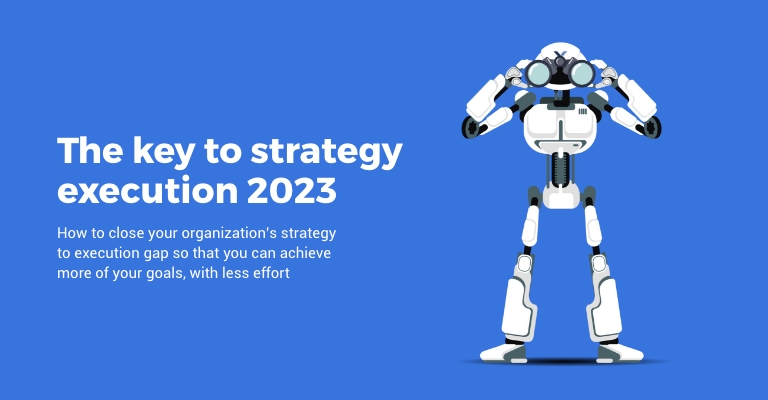Post-COVID-19 has brought many changes to everyday life, none more so than in pharma. Read on to discover how one of the world's largest industries is strengthening with better strategy execution.
The COVID-19 pandemic has profoundly impacted every aspect of our lives, including the pharmaceutical industry.
The pandemic has presented numerous challenges for pharma companies, from supply chain disruptions to clinical trial delays. However, it has also accelerated the adoption of new technologies and spurred innovation, leading to a transformation in pharma strategies.
This blog explores how pharma companies are transforming their strategies in a post-COVID-19 world.
- Embracing digital transformation
The pandemic has accelerated the adoption of digital technologies across industries, and pharma is no exception.
Virtual clinical trials, telemedicine, and remote monitoring have all become more commonplace, allowing pharma companies to continue their research and development activities despite the restrictions imposed by the pandemic.
Many companies also invest in digital tools to improve patient engagement and enable personalized treatments.
- Increasing agility and flexibility
The pandemic has highlighted the importance of agility and flexibility in the pharmaceutical industry.
Companies that could pivot their operations to respond to the pandemic quickly were better positioned to succeed.
As a result, many companies are now looking to streamline their operations and improve their supply chain management to increase their agility and respond more quickly to changing market conditions.
- Investing in innovation
The pandemic has underscored the need for innovation in the pharmaceutical industry.
Companies are investing in research and development to develop new treatments for COVID-19 and other diseases and explore new technologies such as gene and cell therapies.
The pandemic has also led to increased collaboration between pharma companies, academic institutions, and governments, creating new opportunities for innovation.
And that extends to changing the campuses in which these innovations are developed, as shown by Gilead Sciences:
- Prioritizing patient-centricity
The pandemic has highlighted the importance of patient-centricity in the pharmaceutical industry.
Companies are increasingly focused on understanding patient needs and preferences and developing treatments that meet those needs.
This includes exploring new treatment modalities and delivery methods and improving patient education and engagement.
But, as Amgen highlights, it's important to re-engineer development and reduce handoffs during discovery, and run more experiments in parallel - a costly exercise in strategy execution to the tune of $2.6bn on average:
- Strengthening Regulatory Compliance
The pandemic has also highlighted the importance of regulatory compliance in the pharmaceutical industry.
Companies are investing in tools and technologies to improve compliance with regulatory requirements, such as electronic data capture and regulatory information management systems.
This includes ensuring compliance with evolving regulations related to COVID-19 treatments and vaccines.
Next steps
The COVID-19 pandemic has profoundly impacted the pharmaceutical industry, accelerating the adoption of new technologies and spurring innovation.
Pharma companies are transforming their strategies to embrace digital transformation, increase agility and flexibility, prioritize patient-centricity, and strengthen regulatory compliance.
As we continue to navigate the pandemic and its aftermath, these strategies will be critical to the success of pharma companies in a rapidly changing world.
Take your next steps to adapt your approach by watching our on-demand webinar covering adaptive strategies and the steps you can implement to adapt to any challenge with pace and confidence.
Learn more about strategy execution
Take the next steps in your journey by exploring our strategy execution resource hub or any of the below:
- The ultimate guide to VRIO: What is a VRIO analysis, and how can you use it for strategy creation?: Discover all you need to know about the VRIO framework with our go-to guide covering the value of VRIO analyses, how to create your own, examples, templates, and much more.
- VRIO v SWOT v Value Chain v RBV v PESTEL: Get to know five commonly used frameworks: VRIO, SWOT, Value Chain, Resource-Based View (RBV), and PESTEL, how they offer a unique perspective on a company's internal and external environment and can be used in different stages of the strategy creation process.
- 13 ways to make your team care about goals: Try these 13 ideas for getting your team to buy into your goals, and create real accountability for delivering targets.



-1.png?width=352&name=a-car-manufacturing-plant-upscaled%20(1)-1.png)
